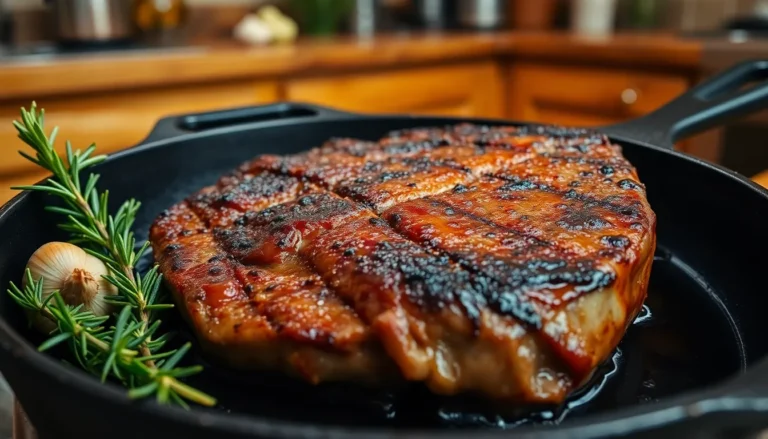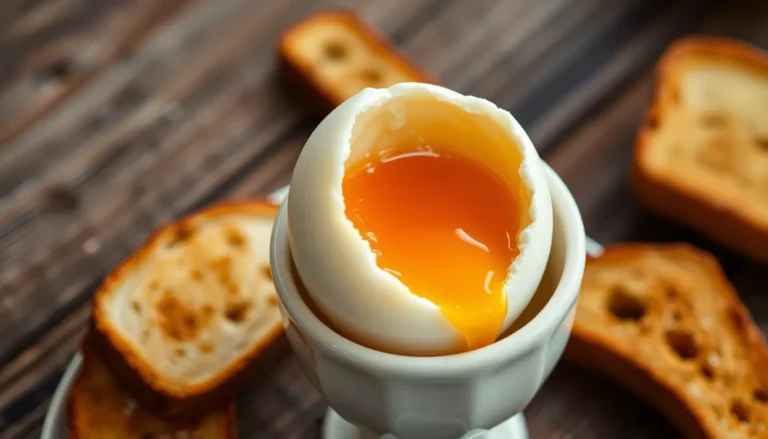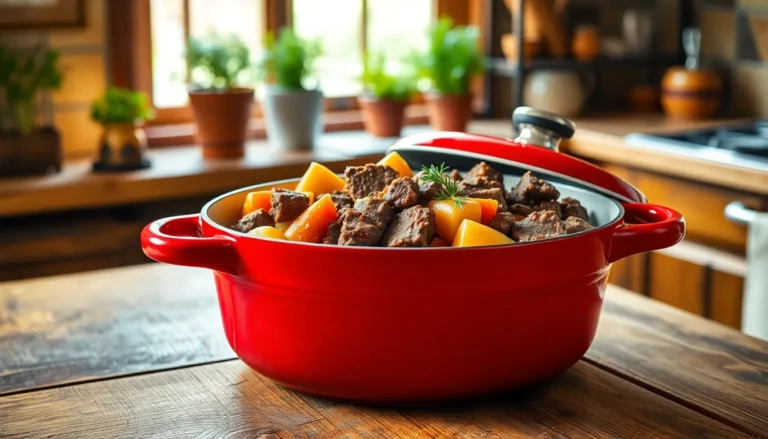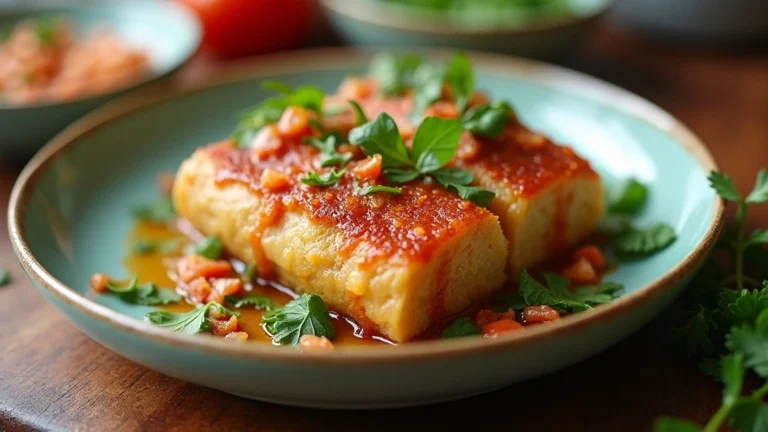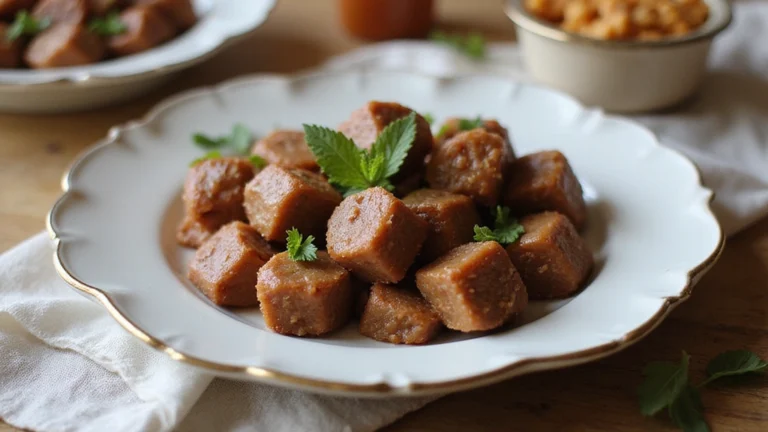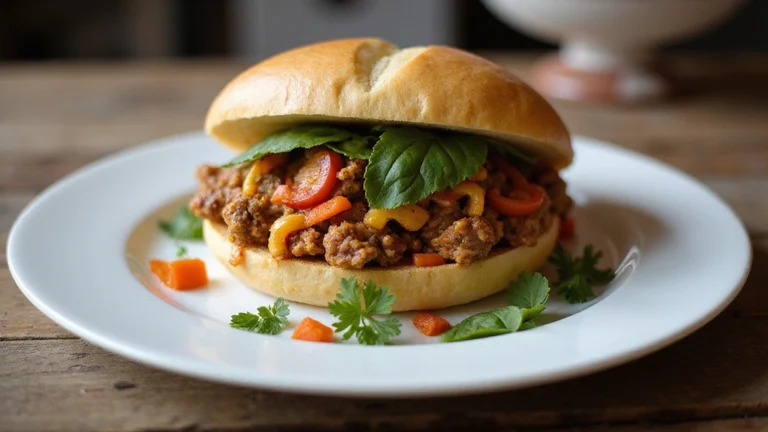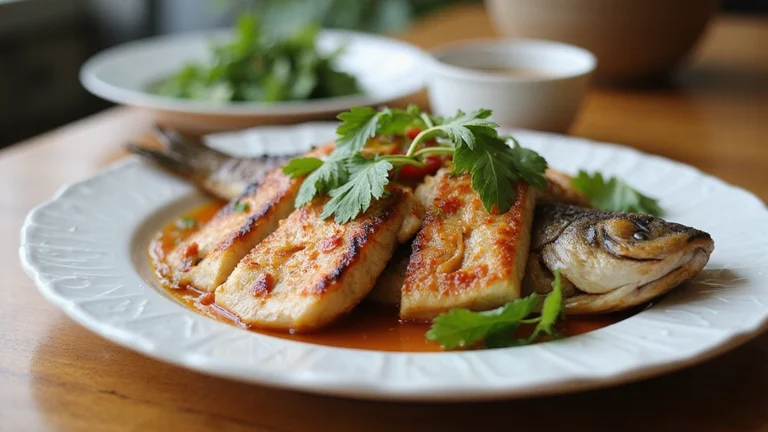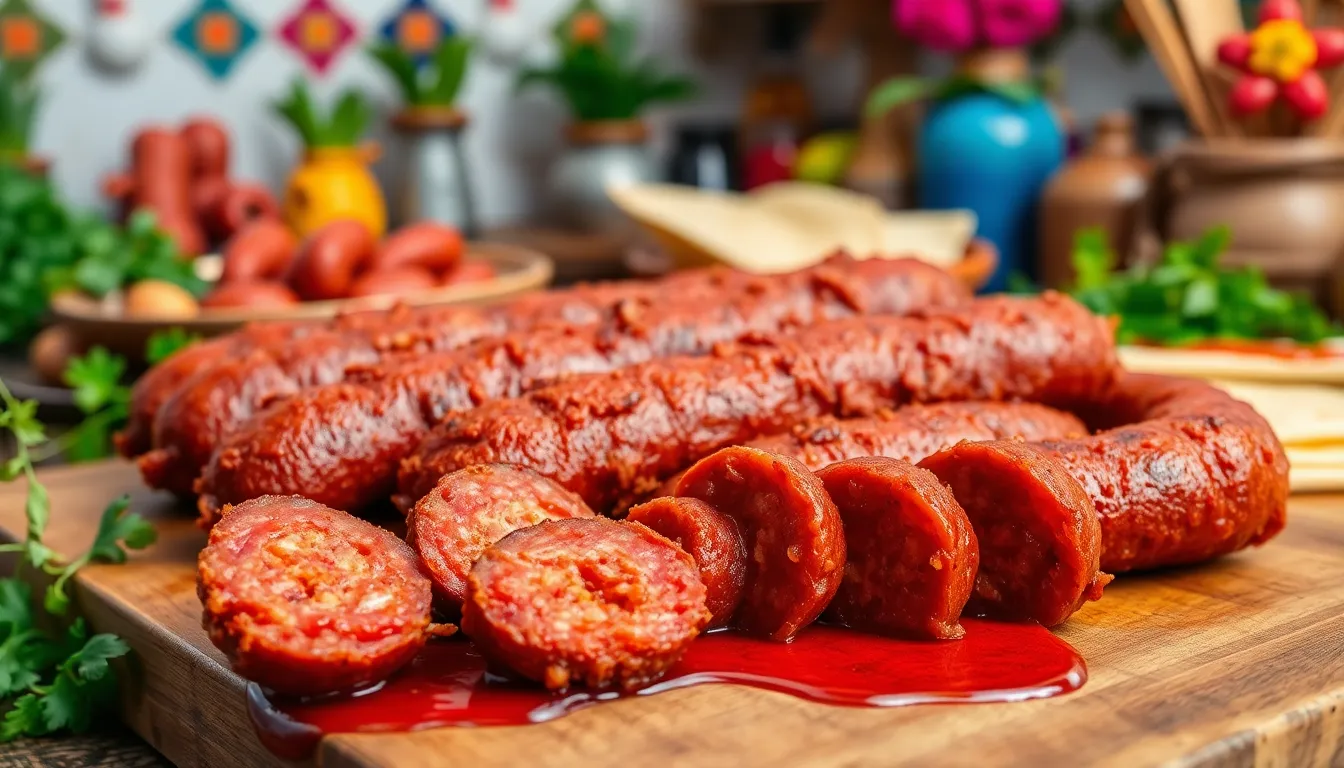
Wondering what cooked chorizo should look like? This flavorful Spanish sausage transforms dramatically during cooking, and knowing when it’s perfectly done can elevate your culinary creations.
When properly cooked, chorizo develops a rich reddish-brown color as its signature paprika-infused oils release. The texture should be crumbly or firm depending on the variety you’re using, with no pink or raw spots remaining. Whether you’re preparing Mexican or Spanish chorizo for your next taco night or paella, understanding the visual cues of perfectly cooked chorizo ensures both safety and maximum flavor in your dishes.
Understanding Chorizo: A Brief Overview
Chorizo originated in Spain and Portugal, becoming a staple ingredient in Latin American cuisine with regional variations developing over centuries. This flavorful sausage comes in two primary varieties: Spanish chorizo and Mexican chorizo, each with distinct characteristics that affect their appearance when cooked. Spanish chorizo is cured and ready to eat, displaying a deep red color from paprika and a firm texture even before heating. Mexican chorizo, in contrast, is sold raw and requires thorough cooking, transforming from a vibrant red paste-like consistency to a crumbly, browned meat when properly prepared.
The distinctive color of chorizo comes from its spice blend, particularly paprika, which gives the sausage its signature reddish hue. Traditional recipes include garlic, salt, and various spices like oregano and cumin, creating a complex flavor profile that intensifies during cooking. Fat content varies between 20-30% in most chorizo varieties, contributing to its juicy texture and helping distribute flavor throughout dishes.
What Properly Cooked Chorizo Should Look Like
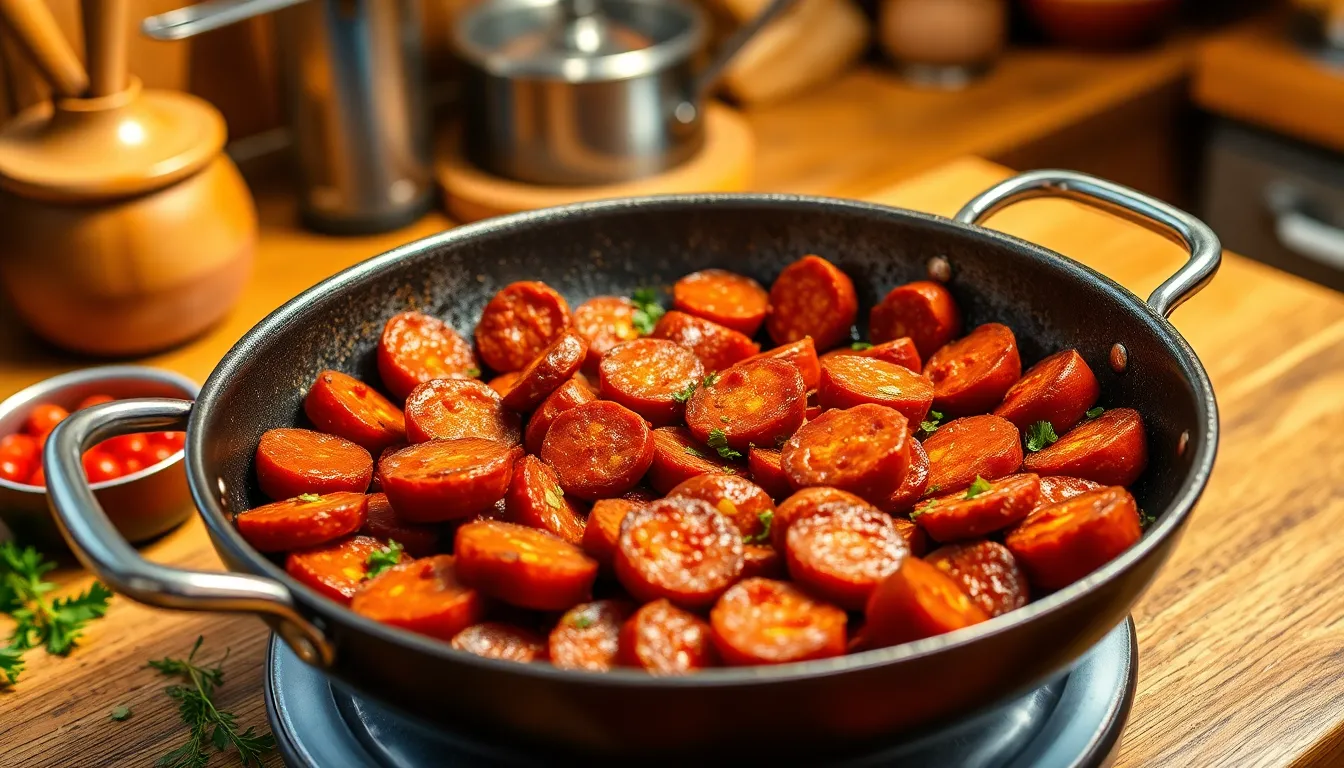
Properly cooked chorizo displays distinct visual and textural characteristics that indicate it’s safe to eat and at its peak flavor. These indicators help you determine when your chorizo has reached perfection during the cooking process.
Color Changes When Cooking Chorizo
The color transformation of chorizo provides clear signs of its doneness. Raw chorizo starts with a pink appearance but changes dramatically as it cooks. The exterior should develop a rich brown color with slightly crispy edges, indicating proper caramelization. Inside, the meat transforms from raw pink to a deep red or brownish hue throughout, with no pink or raw spots remaining. This color change happens as the sausage reaches the proper internal temperature and the spices fully integrate with the meat.
Texture Indicators of Fully Cooked Chorizo
Texture serves as a reliable indicator of perfectly cooked chorizo. When properly cooked, chorizo develops a firm consistency while maintaining a juicy interior that’s packed with flavor. During the cooking process, you’ll notice it releases a distinctive spicy red oil – a characteristic feature of chorizo that contains its essential flavors. The exterior becomes slightly crispy, creating a pleasant textural contrast with the moist interior. For food safety, chorizo must reach an internal temperature of 160°F (71°C), which typically takes between 10-30 minutes depending on thickness and cooking method. Turning the sausage halfway through cooking ensures even browning and consistent texture throughout.
Differences Between Spanish and Mexican Chorizo Appearance

Spanish and Mexican chorizo differ dramatically in both appearance and preparation methods, making it crucial to understand these distinctions when cooking.
Raw Appearance Differences
Mexican chorizo showcases a bright orange-red color in its raw state, primarily due to its distinctive chili and spice blends. It’s typically sold either loose as bulk meat or in casings, with a soft, pliable texture. The vibrant hue immediately sets it apart from other sausage varieties.
Spanish chorizo, in contrast, arrives already cured and smoked with a firm texture and deep red color derived from smoked paprika seasoning. Its appearance is more dense and structured compared to its Mexican counterpart, reflecting its ready-to-eat nature.
Cooked Appearance Differences
Mexican chorizo transforms substantially during cooking. The once bright meat darkens to a deep reddish-brown color and develops a characteristic crumbly texture. This ground consistency makes it perfect for blending into other ingredients like eggs, tacos, or rice dishes. Properly cooked Mexican chorizo shows no pink or raw-looking meat, with fat fully rendered and the mixture sizzling throughout.
Spanish chorizo maintains much of its original appearance when cooked, though it develops a crisp, golden-brown exterior. The interior remains firm and dense with its rich red color intact. When properly heated, the surface takes on a glazed or lightly charred appearance rather than crumbling like Mexican chorizo. The final product displays a golden or crispy surface while maintaining a dense, meaty interior that holds its shape when sliced.
| Type | Raw Appearance | Cooked Appearance |
|---|---|---|
| Mexican | Bright orange-red, soft | Dark brown, crumbly |
| Spanish | Deep red, firm | Golden/crispy exterior, dense interior |
These visual differences aren’t just aesthetic—they guide cooking techniques and determine how each chorizo variety integrates into various dishes. Mexican chorizo’s crumbly texture works beautifully in scrambles and fillings, while Spanish chorizo’s firm consistency makes it ideal for slicing and featuring prominently in stews and on charcuterie boards.
Safety Guidelines for Cooking Chorizo
Cooking chorizo properly ensures both delicious flavor and food safety. Following these guidelines helps you achieve perfect results every time while protecting yourself and your family from foodborne illness.
Internal Temperature Requirements
Chorizo must reach an internal temperature of 160 degrees Fahrenheit to eliminate harmful bacteria and ensure it’s safe to eat. This temperature applies to all types of raw chorizo, particularly Mexican varieties that require thorough cooking. A reliable meat thermometer offers the most accurate way to verify doneness – simply insert it into the thickest part of the sausage without touching the pan or grill. Temperature checking becomes especially important when grilling or pan-frying thicker chorizo links where the exterior might look done while the interior remains undercooked.
Visual Cues of Undercooked Chorizo
Undercooked chorizo presents several telltale signs that indicate it needs more time on the heat. The color appears pale or pinkish instead of the golden brown hue that signals proper cooking. Raw or undercooked portions lack the rich, developed color of fully cooked chorizo and may look wet or glossy rather than slightly matte. The texture feels soft or squishy when pressed, lacking the firmness and compact structure of properly cooked chorizo. Properly cooked chorizo develops an even browning on all sides, which you can achieve by turning it regularly during the cooking process. After cooking, letting your chorizo rest for a few minutes allows the juices to redistribute throughout the meat, improving both flavor and texture while making it easier to identify any undercooked sections.
Common Mistakes When Cooking Chorizo
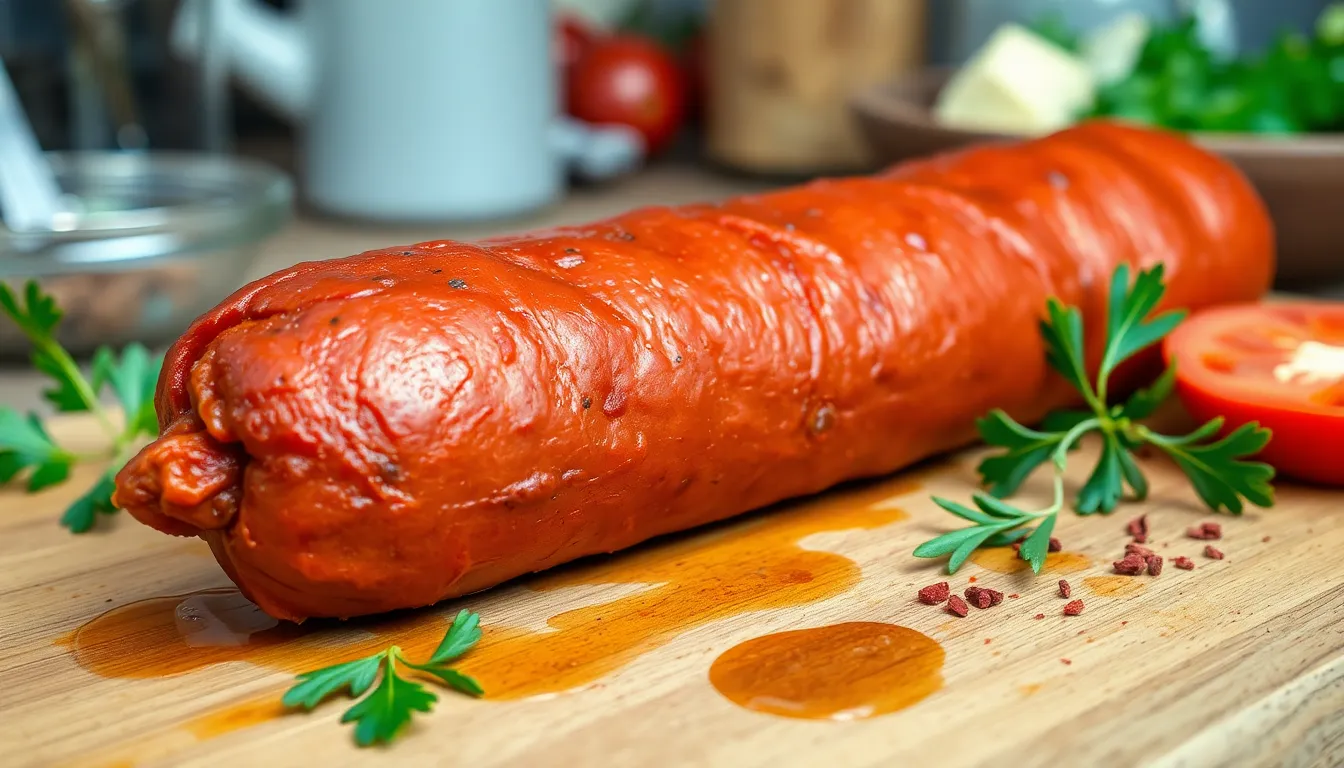
Undercooking the Interior
Undercooking chorizo is a critical mistake that compromises both safety and flavor. Many cooks focus only on browning the exterior while neglecting the center, leaving it dangerously raw. For proper doneness, cut into the thickest part of the sausage to check that no pink remains or use a meat thermometer to verify it’s reached 160°F (71°C). This temperature ensures harmful bacteria are eliminated and the flavorful fats are properly rendered.
Using Excessive Heat
Cooking chorizo over high heat often results in a burnt exterior and raw interior. Excessive heat causes the casing to blacken before the center has time to cook through, creating an unpleasant bitter taste. Medium heat allows for gradual cooking, ensuring the fat renders properly while developing that signature crispy exterior without burning. This approach creates the perfect balance of textures—crisp outside and juicy inside.
Neglecting to Turn the Sausage
Failing to rotate chorizo during cooking leads to uneven coloring and inconsistent texture. Chorizo needs frequent turning to develop that uniform reddish-brown color on all sides. Stationary cooking creates hotspots where some sections overcook while others remain underdone. Turning the sausage every few minutes ensures even heat distribution and proper caramelization across the entire surface.
Boiling Before Other Cooking Methods
Boiling chorizo before grilling or frying is a common but counterproductive practice. This technique causes premature fat release, washing away the essential oils that carry much of the sausage’s flavor. The result is a dried-out, less flavorful chorizo that lacks its characteristic juiciness. Instead, cook chorizo directly with your chosen method—whether grilling, pan-frying, or baking—to retain its rich flavors and ideal texture.
Skipping the Resting Period
Many cooks serve chorizo immediately after cooking, missing an important final step. Allowing chorizo to rest for 2-3 minutes after cooking permits the juices to redistribute throughout the meat. This brief pause enhances the overall flavor and prevents the disappointing scenario of cutting into the sausage only to watch all its flavorful juices escape onto the plate rather than remaining in each bite.
Serving and Presentation Tips for Cooked Chorizo
Elevate your chorizo dish with uniform slicing to create an appealing presentation that showcases its vibrant red interior. Cutting cooked chorizo into even rounds or strips ensures a professional look while making each piece cook at the same rate. This technique works particularly well when serving Spanish chorizo as part of a tapas spread or charcuterie board.
Pair your chorizo with complementary foods that enhance both its flavor and visual appeal. Traditional Spanish accompaniments like manchego cheese, olives, or crusty bread create a balanced plate with contrasting textures and flavors. For Mexican chorizo, consider serving alongside scrambled eggs, potatoes, or wrapped in warm tortillas for tacos.
Fresh herbs add a pop of color and brightness that balances chorizo’s rich appearance. Sprinkle chopped parsley, cilantro, or chives over your chorizo dish just before serving. These green garnishes create a striking contrast against the deep red of the chorizo, making the plate more visually enticing.
Create temperature contrasts by serving crispy chorizo alongside cooling elements. A dollop of crema, sour cream, or a fresh salsa provides not only visual interest but also balances the spicy, rich flavor of the sausage. This combination of hot and cold elements adds dimension to your presentation.
Arrange chorizo slices thoughtfully when plating by slightly overlapping them in a fan pattern or positioning them strategically throughout your dish. For dishes where chorizo is crumbled, create small mounds or distribute it evenly to ensure each bite contains some of its distinctive flavor and color.
Conclusion
Properly cooked chorizo transforms your dishes with its distinctive appearance and flavor. Look for that rich reddish-brown color with crispy edges and no pink spots. Mexican chorizo should crumble easily while Spanish chorizo maintains its firm sliceable texture.
Remember that reaching 160°F internal temperature isn’t just about safety but also about developing those complex flavors chorizo is known for. Take your time cooking it properly avoiding high heat that can burn the exterior while leaving the inside raw.
Whether you’re serving it in tacos sliced on a charcuterie board or mixed into scrambled eggs your perfectly cooked chorizo will be the star of the meal with its vibrant color and mouthwatering texture.
Frequently Asked Questions
How can I tell if chorizo is fully cooked?
Perfectly cooked chorizo should have a rich reddish-brown color with no pink or raw spots. Mexican chorizo becomes crumbly when done, while Spanish chorizo firms up. The sausage should reach an internal temperature of 160°F (71°C) for food safety. You’ll also notice the release of a distinctive red oil and crispy edges, indicating proper caramelization.
What’s the difference between Spanish and Mexican chorizo?
Spanish chorizo is cured, smoked, and ready to eat with a firm texture and deep red color. Mexican chorizo is sold raw with a bright orange-red color and soft texture, requiring thorough cooking. When cooked, Spanish chorizo develops a golden-brown exterior while retaining its dense texture, perfect for slicing. Mexican chorizo becomes crumbly, making it ideal for mixing into other dishes.
How long should I cook chorizo?
Chorizo typically takes 10-30 minutes to cook properly, depending on its thickness and your cooking method. Turn the sausage halfway through cooking to ensure even browning. Mexican chorizo may cook faster since it’s often removed from its casing and crumbled. Always verify doneness by checking that the internal temperature has reached 160°F (71°C).
What temperature should chorizo reach when cooked?
Chorizo must reach an internal temperature of 160°F (71°C) to be safe for consumption. This temperature ensures harmful bacteria are eliminated, particularly important for raw Mexican chorizo varieties. Use a reliable meat thermometer to check the temperature at the thickest part of the sausage for accuracy.
What are signs that chorizo is undercooked?
Undercooked chorizo displays a pale or pinkish color instead of a rich reddish-brown. The texture will be soft and mushy rather than firm or crumbly. You’ll notice an absence of even browning and crispy edges. Raw Mexican chorizo will not break apart easily, while undercooked Spanish chorizo will lack the proper firmness when sliced.
Should I remove chorizo from its casing before cooking?
For Mexican chorizo, removing the casing is common practice as it’s typically crumbled into dishes. Spanish chorizo should be kept in its casing as it’s meant to be sliced before or after cooking. If you’re pan-frying whole links of Mexican chorizo, you can leave the casing on but pierce it several times to prevent bursting.
What common mistakes should I avoid when cooking chorizo?
Avoid undercooking the interior by always checking the thickest part for doneness. Don’t use excessive heat, which burns the exterior while leaving the center raw. Remember to turn the sausage frequently for even cooking. Don’t boil chorizo before other cooking methods as this leaches out flavor. Always allow chorizo to rest for a few minutes after cooking.
What foods pair well with cooked chorizo?
Spanish chorizo pairs excellently with manchego cheese, olives, and crusty bread on charcuterie boards. Mexican chorizo complements scrambled eggs, warm tortillas, beans, and rice. Fresh herbs like cilantro or parsley enhance visual appeal, while cooling elements such as crema, avocado, or salsa create delightful temperature contrasts with the spicy sausage.
